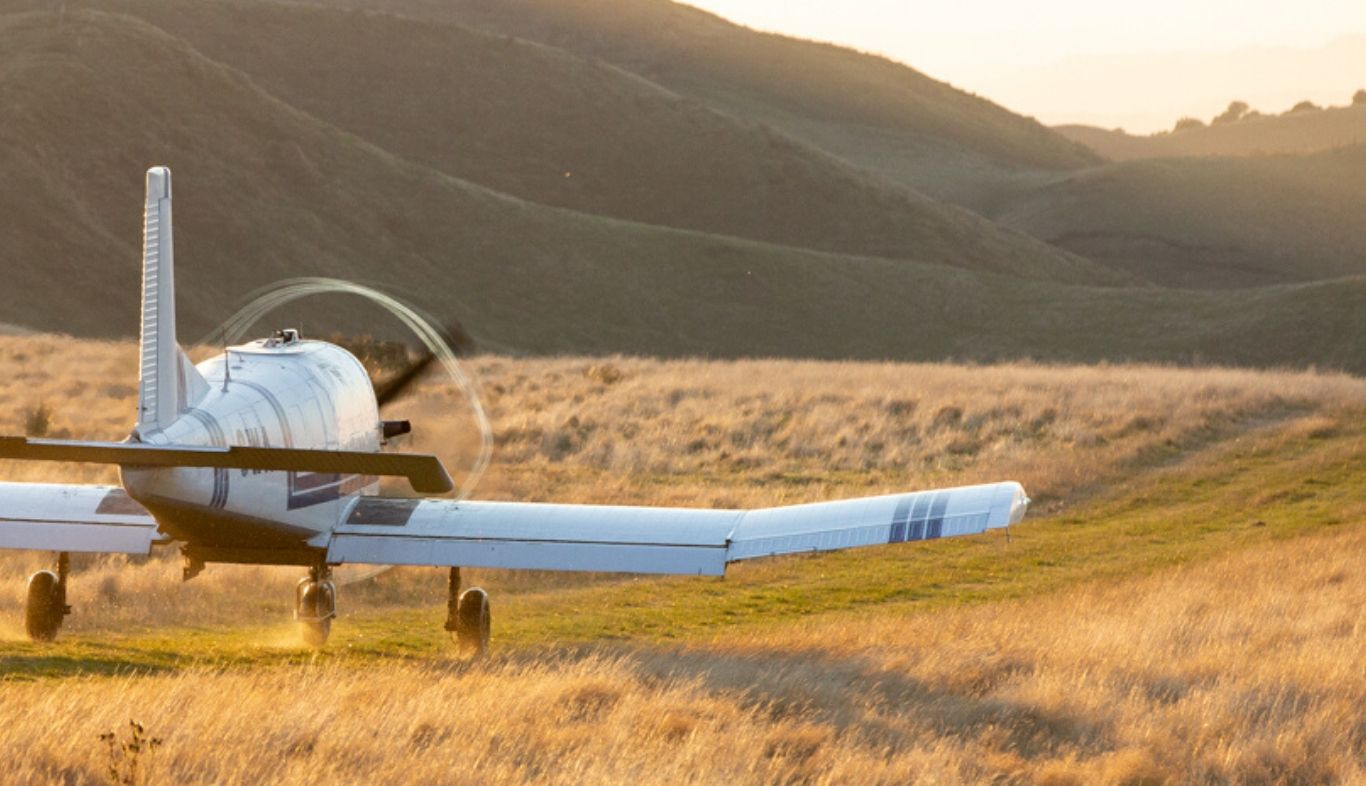With the restrictions of Alert Level 4, and now 3, changing the way we operate at present, coupled with Autumn being well upon us, its timely for us to all work together in ensuring we can deliver a service to you that is second to none. For us, this revolves heavily around efficiency and safety – both of which we need your help with.
As a nation, we continue the fight to combat the global pandemic of Covid-19. Now that we have moved to Alert Level 3, we are able to operate more efficiently however, strict social distancing protocols obviously still apply and will do for some time.
Let’s take a look at operations normal as well
With its roots set back in the late 1940’s, the third generation of farmers are now benefiting from increased pasture growth due to the practice of aerial top-dressing. Though the industry has faced its share of accidents over the years, we are continuing to see a growth in the collaborative effort between pilots, farmers and the wider industry – to ensure we are operating in the safest possible manner. After all, we want to do the job well and see our team members go home to their families at the end of a long day.
With 500 farms and over 350,000 hectares serviced annually, on average – The most important thing you can do as farmers, is to keep your associated farm assets well maintained and to mark any hazards (including wires) on our hazards register prior to the work being carried out. We take the safety of our team very seriously and therefore cannot rely on prior knowledge when it comes to this aspect of the job.
Mapping Hazards
Be it power lines, wires, temporary fences, nearby stock or anything – it’s important for us to have a detailed map of all hazards on your property so our pilots can mark these in their GPS system and map their flight paths accordingly. These hazards can be identified by using our online mapping service that allows for hazard ID
Free-flowing Fertilizer
This one is a joint effort – with manufactures, suppliers, transport operators, air strip owners and we as the aerial operators, all needing to play a role in ensuring the fertilizer is in a suitable condition from the time it is delivered to the time it is spread – it needs to flow freely from the aircraft hopper when discharged during flight.
To ensure this, moisture needs to be kept out – be it in the truck or in the bin. As farm owners, we rely on you to ensure the fertilizer storage facilities you use for your product are able to keep the product in a clean dry state.
Farm Tracks and Roads
The farmer/airstrip owner need to ensure a well-maintained and safe route for the transport operator to be able to navigate and reach the airstrip. For this we need to think about the condition of bridges and culverts, farm track and roads. It may be that on assessment, a certain route is restricted as off-limits and an alternative provided. This is something that should be consistently reviewed prior to and during the fertilizer season particularly as tracks become wetter later in the season. I little bit of metal goes a long way to improving safety and efficiency.
Airstrip Condition
As you know, our Pilot will land and take off again numerous times when completing a job for you and its imperative that the airstrip is maintained to ensure they can do this efficiently, but most importantly safely.
Air strips need to be monitored for grass length, potholes and any vegetation that may have started to grow (i.e rushes, thistles). In addition, we rely on you to have stock well clear of the strip and any temporary fencing in our path to be removed in full. We understand the airstrip is used for stock management but cattle should be removed 6 weeks prior to operations starting, if this is not practical then the strip should be harrowed to break any manure down.
These processes are relatively simple yet vitally important and we, the team at Farmers Air, have complete faith in our customers to do their bit in making our job safer. We would also like to extend a big thank you to those clients who have invested in improving their facilities.

